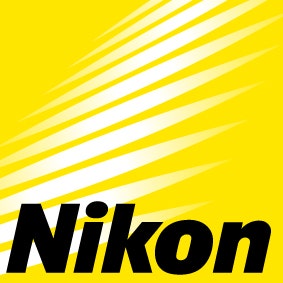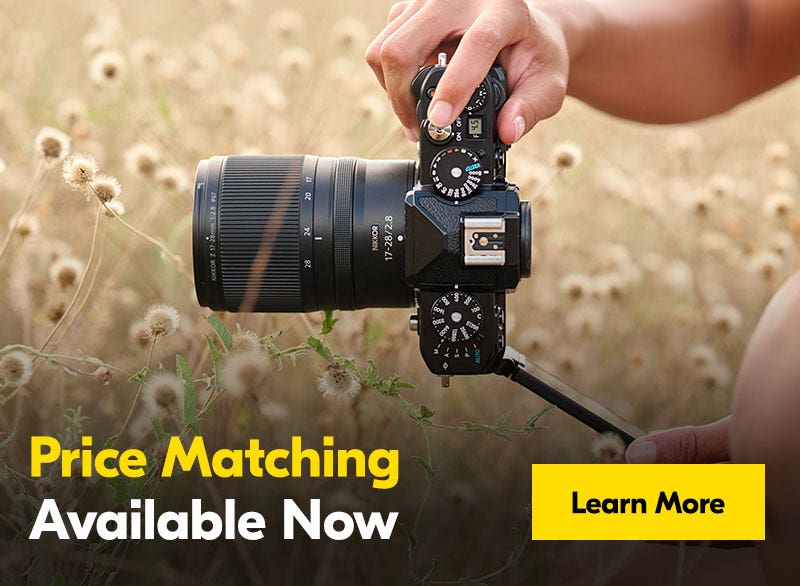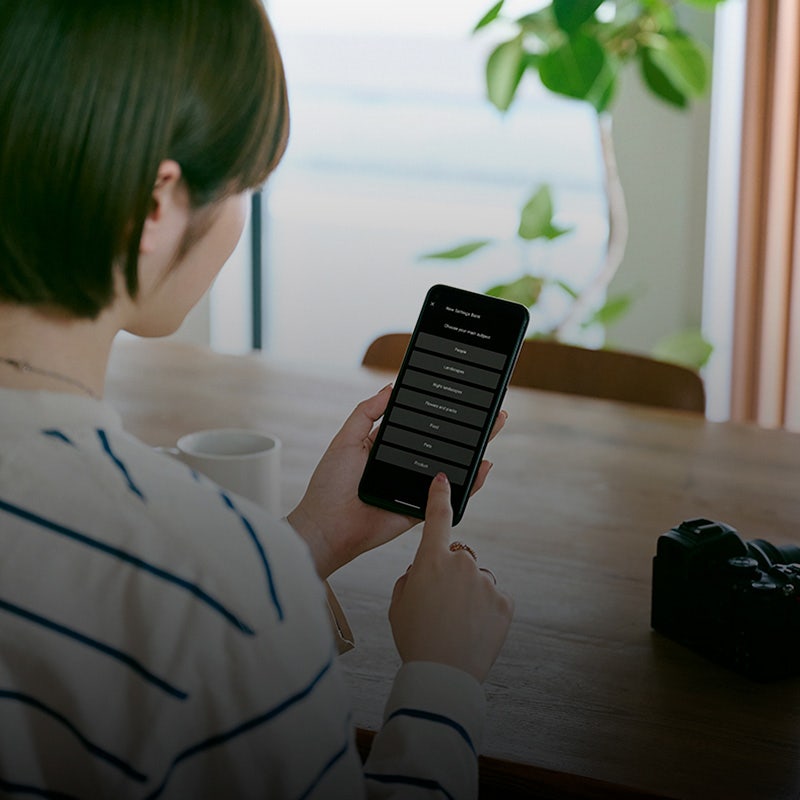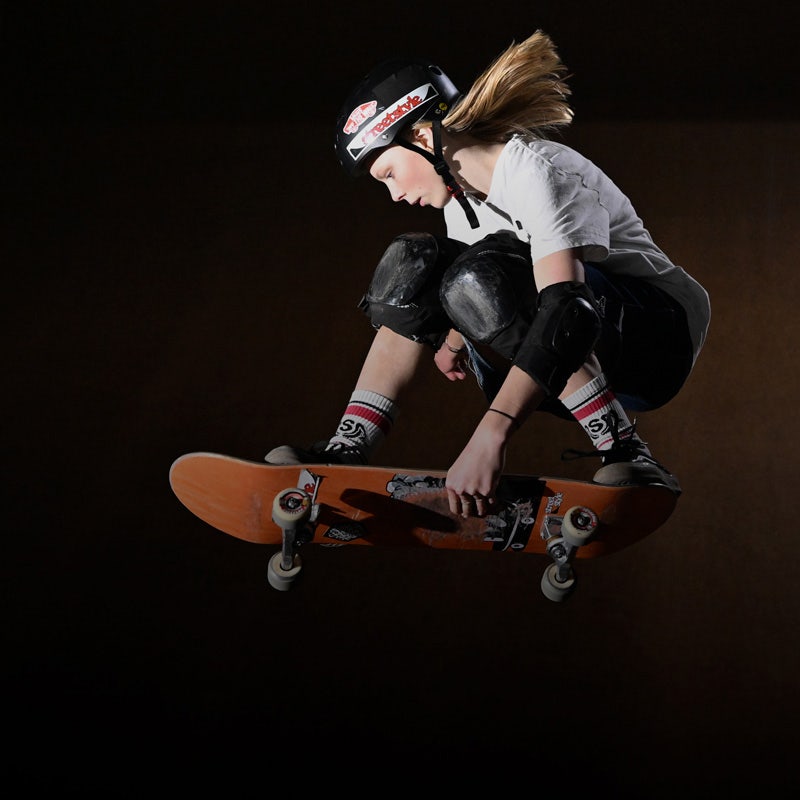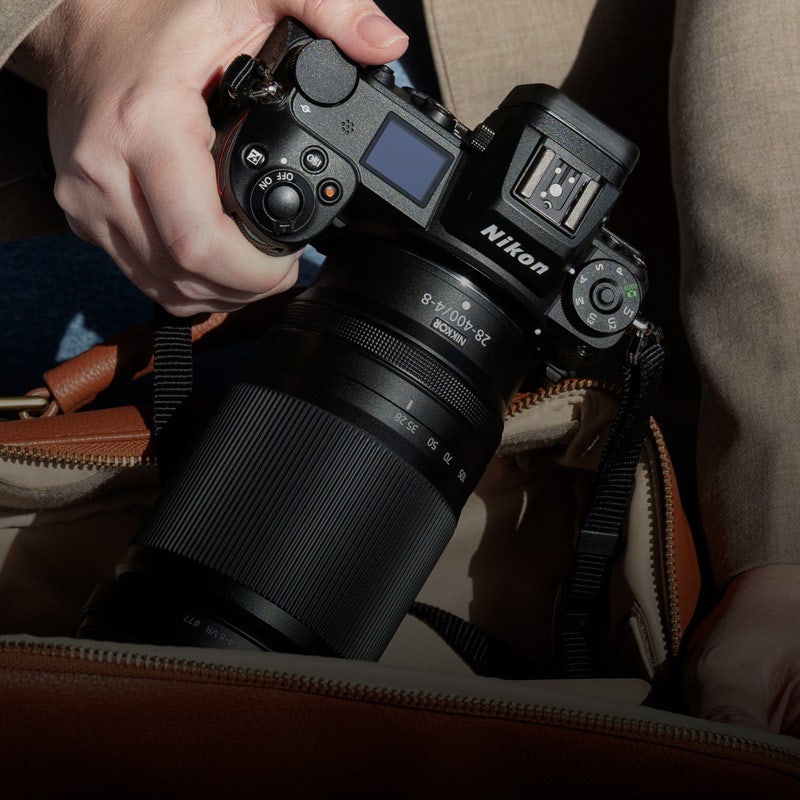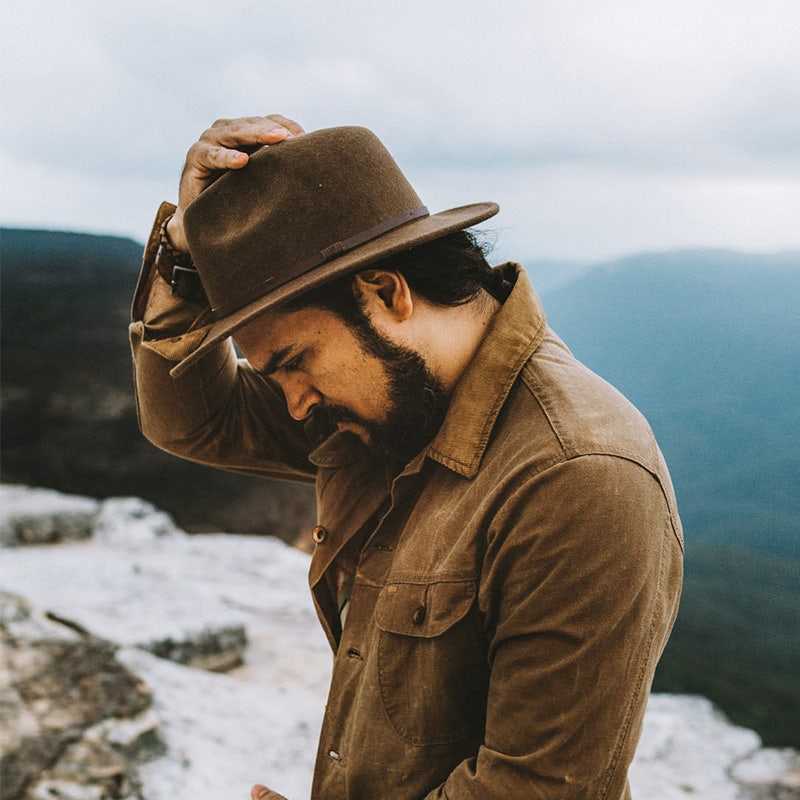Jake Wilton – Descending to Ascend
Today we dive deep with a rising star in underwater photography.
Jake Wilton has been drawn to water since a young age. Born and raised on the northern NSW coast, Jake’s first diving job as a late-teen ushered in a 12-year professional relationship with the ocean and the kaleidoscope of life contained within it. So, when he finally caved and bought his first camera, it’s no surprise that his unique set of skills proved perfect for underwater photography.
To Jake, the ecosystem and its inhabitants come first. His sensitivity towards sea life is palpable, and he takes to capturing creatures whether large or small or common or rare with their safety and comfort top-of-mind. It’s no wonder, then, that he’s able to get up close and personal with some of Australia’s most breathtaking animals, including sharks, turtles and rays.
As he continues to develop his portfolio and attract growing interest from clients and publications, Jake divides his time between WA and NSW, working in the underwater, wildlife, travel, lifestyle and hotel/resort fields. Along the way, Jake has picked up a slew of prestigious awards, including just in 2022: 1st place in the Threatened Species category at the Australian Geographic Nature Photographer of the Year, 1st place in the Underwater Tour Awards Overall Grand Guru Award, and 3rd place in the internationally renowned Ocean Photography Awards.
Fittingly, talking to Jake is a breeze. His initially affable and laid-back demeanour gives way to an untameable interest in the power, potential and possibility of living below sea-level.
We sat down with Jake to discuss all three.
What was your first significant experience with photography?
I think probably the first real time was when I was working as a dive guide at Fish Rock. That's where I grew up. I used to guide the divers around the site and through the cave, and the boss used to make me take a little point-and-shoot camera around for the guests. I actually used to hate it because it would get in the way and float in your face. That was sort of my first experience.
Between that and as a dive guide, I was tasked with taking photographers around the area, usually one-on-one. Sometimes, I used to get a bit frustrated with them, you know, because they’d have tunnel vision or disregard things or scare animals off. So, in the beginning, I was actually sort of anti-photography. That was around 2009, and it wasn't until late-2018/start of 2019 that I actually got a an SLR camera.
So, you start off with a bit of an aversion to photography because you respect the diving process and the ocean. How has that respect helped or dictated the way you take photos?
Looking back now, I am probably fortunate in that regard because I was diving for so long beforehand – 12 years before I actually bought my own camera. I think it benefited me because I was so focused on diving, I just wanted to live in the moment. I'd go for a dive and just enjoy it.
And then it wasn't until Ningaloo, I was working on the boats as a guide and a deckie. And a few of my photographer mates kept getting in my ear and saying to me: “you’ve got to get a camera; you'd be good at it.”
Why? Because I already knew how to interact with animals. When you're diving, bubbles and your movements can make it hard to get natural interactions because animals can be fearful of your sounds and movements. So my experience working in the ocean for so long gave me a head start in terms of my ability to approach the animals to photograph them.
One of the things I loved doing was attempting to become ‘invisible’ underwater and having the animals let me get as close to them as possible without disturbing them. Doing things such as not making eye contact, breathing less, being submissive if they approach you, moving slowly and a lot of waiting would often result in these crazy and amazing interactions with the wildlife.
Doing that for so many years, I think, sort of paved the way for how I would eventually approach my photography down the track, especially on the Ningaloo where you are blessed with so many large animals to interact with. I just love the animals and the wildlife interactions, so I would do anything I could to maximise my chances for a great interaction.
Now I like to stress that to people who come to me for advice about underwater photography and interacting with ocean wildlife. My advice I give to everyone is that you need to dive first and then take photos second. Even to this day, I'll probably only take photos like 10% of the time. I like to sit back, observe and wait for the right moment. It’s all well and good to create great images but you also need to create great memories as well. It’s good to sometimes put the camera down and just enjoy the moments.
You mentioned Ningaloo a couple of times. I've never heard of it. Whereabouts is that?
The Ningaloo Reef is in Western Australia. It's about 1,200km north of Perth. Basically, think of it like a “west coast Great Barrier Reef”. It's tiny compared to the GBR, around 260 kms long, but it's a fringing reef which is right against the coastline. It is very condensed so the things you would see over a few days in other places you can usually see in a single day on the Ningaloo Reef. It is sort of like being on an island but you're still on the mainland - You literally step off the beach and the reef is there. It's world-famous for its megafauna such Whale Sharks, Manta Rays, Humpback Whales, Tiger Sharks, and Orca.


After you bought that first DSLR, did you know pretty much instantly that you had an eye?
Not so much. I knew I could get there if I worked on it. I knew I could always recognise animal behaviour and opportunities for interactions, and that's just from time in the water, but I didn't know how I'd go as a photographer. So, I basically just spent months on YouTube, learning the exposure triangle and helpful photography techniques. For some reason the exposure triangle was like The Matrix for me, it was very confusing at first, but once you wrap your head around it, it actually becomes quite simple to understand.
Ultimately, I knew that if I just worked hard on developing my skills, I could do well. A lot of people talk about creating your own style in photography. It’s of course great to stand out but I feel like trying to create a style can pigeon hole you in a way. From the beginning I made the decision to just shoot how I see it and try to best represent the scene that I witnessed, so I don’t try to have a style per se.
You say you don't have a style, but the word that comes to mind when looking at your photos is ‘intimacy’, which I guess comes from your ability to work with the animals and know how to be in their environment?
Yeah, I guess it does. I love observing the finer details of the animals and being close to them and just taking everything in. Underwater, if you're too far away, you lose that so that's why I love photographing with wide angle lenses such as a fish eye lens because it gets you right in amongst the wildlife getting the details of the subject while also capturing the wider scene In just one shot.
But it's very difficult to do and you need a lot of patience to find the right subject. For example, I might move past 15 or 20 turtles through the week, because they're the wrong turtle to be able to move in close to. You can usually tell from a distance as they are alert to your presence, swimming slightly away, have their shells tilted towards you, watching you closely etc. You just sort of work your way through and eventually when you see one that feels comfortable. You begin to work your way in, spend 45 minutes or an hour with it, just relaxing. Once it knows you pose no harm and accepts you as just another reef resident then you can capture some of those more intimate and close up photos. You have to remember that every animal in the ocean is prey for something else. If you act like a predator then the subject will treat you like one.
45 minutes? What are you doing? Just hovering around getting it comfortable with you?
Sometimes it's five minutes, you know - literally like, bang, bang. If it’s a resident animal and you know how they're going to react, or they're comfortable with you, you can capture the shot quite easily. But with a turtle feeding, you could start off where it's just on the edge of its vision, and you just watch and see how it reacts to you. You don’t want to come in like a predator. If you sit back and let the animal get used to you - just act like another turtle or another other animal that's not a threat, then you can gradually close the gap.
I always liken it to hunting but with a camera.
Do the animals ever take to you? Like, interested in you and want to spend time with you? Almost as if they’re posing?
Yeah, for sure, man. It’s one of the ultimate types of moments that divers and photographers will chase - the curious interactions, and the natural behaviours. When an animal chooses to interact with you and gets curious, there's nothing quite like that feeling. Sometimes it can be a little intimidating, such as if it is a large shark. But those interactions are so special and are rarer than you think so you have to cherish each one of them.
Are many of your photos the result of that kind of rare interaction?
Yeah. When we freedive with Tiger Sharks in Coral Bay - they just cruise and do their thing. They are usually quite shy and reclusive animals, and they don't like things around them. There are a couple resident ones that are a bit more used to people swimming with them and so you can get in there. I’ve had it where I’ve swam probably three or four times with the same shark and after a while, you see her start looking up at you. You just peak their curiosity, they lose their fear and become more curious. I have a pretty special image of Alberta, the tiger shark turning to come up to the surface to get a closer look at me.
I’ve also had many Manta rays roll over upside down to get a good look at you. Manta Rays are really intelligent animals so if you get curious you can have some incredible interactions – they have the largest brain-to-body size ratio of any fish.


Is there an animal that you’ve always wanted to capture but haven’t seen?
That's a tough one, there are so many animals I would love to just see, let alone be lucky enough to photograph. All of the African animals, blue whales, oceanic white tip sharks, humpback whales, tree kangaroos, cassowaries, wolves, polar bears. Basically every animal on earth. Just to see these animals in the wild is enough of a privilege.
That’s the best thing about this job. Getting the opportunity to see animals that most people very rarely get to see.
What’s stopping you from actively seeking out a Great White Shark? Or is that a stupid question?
With diving – it’s so expensive, and most of your finances are funnelled into your gear. So trying to find the right opportunity to do it can be hard. Now that I’m freelancing, I’ve gotta be even more careful with the budget but I’m very keen to do it down at the Neptune Islands in South Australia.
If there’s anyone that wants to pay me to do it, let’s do it [laughs] !
For someone that would love to go into photography but has no idea - what are the typical costs that go along with it?
Firstly is the cost of just doing the dives which adds up really quickly especially if travelling overseas or joining a liveaboard tour. Next is the camera equipment and lenses, then there is your camera housing which is often times more expensive than the camera itself, if you are diving deep you will need strobe lighting and accessories associated with that, then lastly all of your own diving equipment. It can get very expensive, very quickly. I try to use only the income from my photography work to upgrade and invest in my equipment as I go but there is always the initial cost that can be a bit much for people. The best advice is start small to see if you like it and then go from there if you want to pursue it more seriously.
For someone getting into it, I always recommend going somewhere like the Great Barrier Reef or Byron Bay and doing your dive master internship. It’s like a six-month programme, like an apprenticeship, basically. At the end of it, you get the experience and the qualifications to make that next step working on a vessel. And then beyond that, I always say that if you want it that bad, you just make it happen - move somewhere to do it. Move to a reef or island, work at a bar, and just be there in the location photographing for yourself. Eventually you'll get your opportunity because someone always goes down sick one day or leaves town or the companies are short staffed because there's people going away on holiday etc.
I noticed a story on your socials about a new camera housing. It looked so elaborate and therefore expensive. I’m guessing housing is not only a considerable expense, but also something you have to wait to be created anytime you upgrade a camera?
I’m going through that at the moment, because I've just moved to the Z 8. I’ve got a good relationship with a housing company, but I still don't get the equipment for free unfortunately. I actually have to wait until mid September for the new housing. It just keeps getting pushed back, so I'm still using my Z 7II underwater.
The housings are made specifically for each camera model so you need to choose your set up carefully. You're looking at between three and five-thousand for the hobby housings and then for the professional ones, it's upwards of 10, 15 thousand.
Can you articulate your unique way of seeing these animals or what your unique take is, are you still kind of figuring that out?
It’s hard to say if it's unique from other people's perspectives. Basically I am just trying to capture and create images that are unique and inspire the viewer to care for and learn more about the subject. Hopefully this leads them to do their small part in helping ensure the wildlife is here for future generations.
For places like Ningaloo where there are multiple tour boats who are swimming the same animals such as manta rays, whale sharks and turtles, it's inevitable you're going to get the same shots. It’s just part of the game but it also forces you to look at things from a different perspective to try and create something unique.
For each situation I start by assessing the subject and then the environment it is in. What is special about it? What behaviours is the subject showing? Is it better to include the environment or focus on close portraits? What angle could yield some unique results? What lighting is best? These are just a few of the questions that go through my mind during a photography session.
Do you do a lot of post-processing?
I try to do as minimal an amount as possible, and capture in-camera as much as I can. With underwater photography, and in particular your white balance, you generally need to do quite a bit of colour correction in post production. Light and colour is affected far greater underwater and the deeper you go so colour grading is an essential skill you need to master and one that many people seem to neglect.


If for some reason, all your photos were going to be lost or destroyed except for one, which would it be?
It’s a tricky question. Two come to mind. One, I didn’t even think was a great photo at the time. It’s a Whale Shark eating the bait ball which I won the category award for Australian Geographic Nature Photographer of the Year for. It actually sat on my hard drive for two years because I thought I'd blown the opportunity on the day.
The image that I worked the hardest to get was a Leopard Shark photo. That's one of the animals where everyone seems to shoot it the same way (because it's usually the best way to shoot it). The Leopard Shark will turn up once every month or two, and you’ve got to try and get the right shark with the right temperament in the exact right spot – the sand has to be perfect with no seaweed with the ripples.
Not only that, but the sky needs to be slightly overcast for even lighting, which, in a place that has less than a week of rain a year, you have to be very lucky to have a cloudy day. And then to that line up on the day where you see the shark in the right spot, and then have the right lens on and then… man, so many things that go into it. That shot was like a two-year process and that's the proudest I’ve been because it was probably the first image that I had in my mind that I specifically worked towards. It didn’t win any awards but it has become my best selling print.


Those are great, great reasons. But the first one sticks out. Because it feels like that might have been a bit of a learning like a lesson for you.
Well, I can be quite critical of my work. The lesson I learned is that I should have trusted my instincts. Learning curves in everything. If you’re not learning then you aren’t moving forward. There are countless techniques and lessons to learn in the world of photography.
Do you have concrete plans for the future? Are you just taking it month by month or year by year?
I am always trying to better myself and my photography. Learning new techniques and mastering the craft is what I'm focused on at the moment. I obviously have a lot of aspirations and things I want to do. But I just love photography, I love nature, and if I can find a way for my photography to sustain itself, for the rest of my life, and I can keep doing what I love, then that'd be the ultimate goal.
You’re very passionate and obviously good at what you do. Considering you started relatively recently, it sounds like the idea of photography becoming a career that sustains you the rest of your life, is not out of the realm of possibility at all.
I think it's definitely possible if you put in the hard yards. But it's just such a challenging environment. I've also thought quite hard about going the photojournalism route recently which is a great story telling option. I've got a few stories that I'm working on now, so we’ll see if they get picked up. I think it can be quite a good way to go about photography, because you can aim for a series of images to tell a story. And with words, that result can be a lot more impactful than just one image, especially as everyone has a camera nowadays.
There are still times where you get an image that'll just stop the world. But man, I think you got more of a chance to win the lotto. You can work your whole life for that one image. I just hope to build my photography work to a point where I can sustain my passion for many years to come. I love photography, especially underwater photography so if I can do it for the rest of my life either professionally or as a hobby then I’ll be stoked with that.
